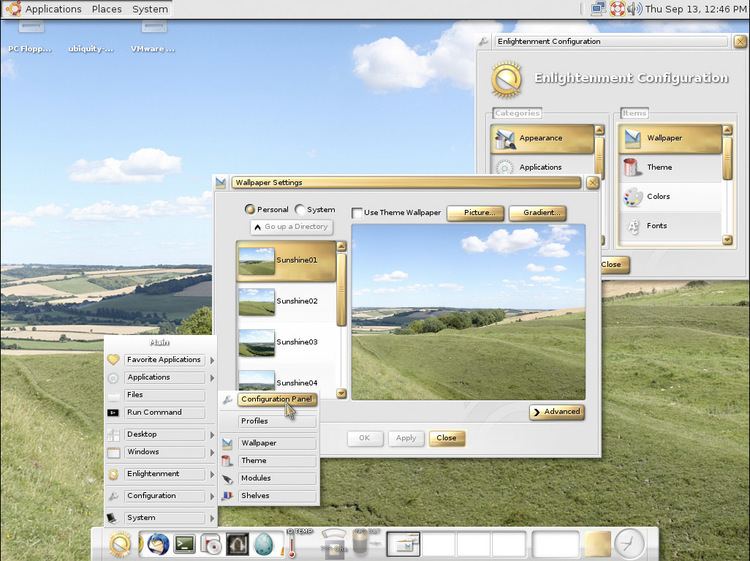 | ||
In human–computer interaction, WIMP stands for "windows, icons, menus, pointer", denoting a style of interaction using these elements of the user interface. It was coined by Merzouga Wilberts in 1980. Other expansions are sometimes used, substituting "mouse" and "mice" or "pull-down menu" and "pointing", for menus and pointer, respectively.
Contents
Though the term has fallen into disuse, some use it as an approximate synonym for graphical user interface (GUI). Any interface that uses graphics can be called a GUI, and WIMP systems derive from such systems. However, while all WIMP systems use graphics as a key element (the icon and pointer elements), and therefore are GUIs, the reverse is not true. Some GUIs are not based in windows, icons, menus, and pointers. For example, most mobile phones represent actions as icons, and some may have menus, but very few include a pointer or run programs in a window.
WIMP interaction was developed at Xerox PARC (see Xerox Alto, developed in 1973) and popularized with Apple's introduction of the Macintosh in 1984, which added the concepts of the "menu bar" and extended window management.
In a WIMP system:
This style of system improves human–computer interaction (HCI) by emulating real-world interactions and providing better ease of use for non-technical people. Users can carry skill at a standardized interface from one application to another.
Criticism
Some human–computer interaction researchers consider WIMP to be ill-suited for multiple applications.
WIMP-style user interfaces place visually impaired users at a disadvantage, especially when alternative text-based interfaces are not made available. Researchers have been exploring other alternatives that make modern computer systems more accessible.
Moving past the WIMP interface
Multiple studies have explored the possibilities of moving past the WIMP interface, such as using reality-based interaction, making the interface "three-dimensional" by adding visual depth through the use of monocular cues, and even combining depth with physics. The latter resulted in the development of BumpTop desktop and its acquisition and release by Google.
